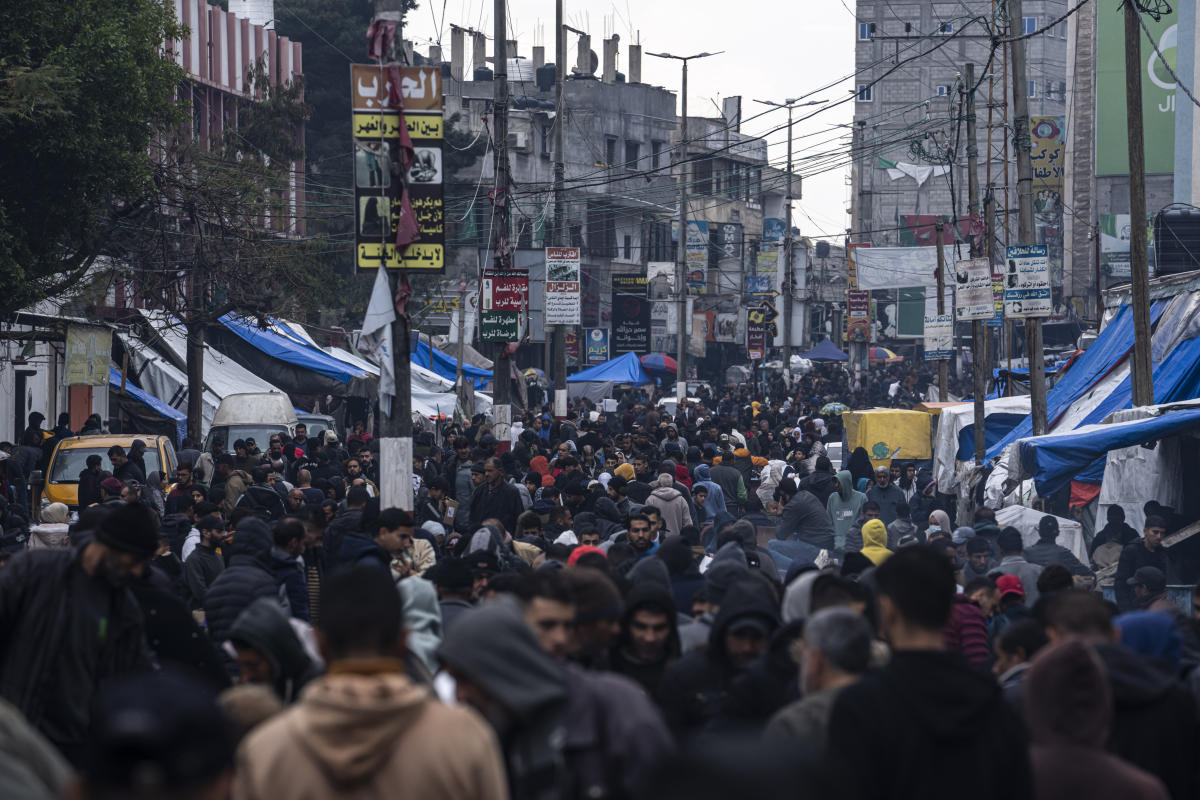If there’s one thing that elicits an “ugh” response, it’s realizing that your power is out — and it’s even worse when you have a fridge packed with food. Along with calling the electric company ASAP to figure out what the deal is and how soon power will be restored, you’ll want to act quickly when it comes to the food in your fridge. Does everything need to be thrown out? Is some food OK to eat afterward? What can you do now to help it last longer?
According to experts, whether you should eat the food in your fridge after a power outage all depends on a few factors. Here’s what to know.
How long does food last in the fridge after the power is out?
Technically, it’s not just about how long your food is without refrigeration, but how long it sits at a certain temperature. The United States Department of Agriculture (USDA) has a list of perishable foods that should be discarded if they have been held above 40°F for more than two hours, as this is when harmful bacteria that cause foodborne illnesses can begin to grow.
But obviously, it can be tricky to assess exactly when your food reaches that point — which is why the USDA advises that a properly working fridge should keep food safe for approximately four hours after a power outage. Jill Roberts, a food safety expert and associate professor at the University of South Florida, tells Yahoo Life that it’s important to keep the fridge closed as much as possible after you realize the power has gone out — otherwise, the heat from outside the fridge may spoil your food even faster.
This is especially important during the summer, food scientist and author of the book 150 Food Science Questions Bryan Quoc Le tells Yahoo Life, as “hotter summer days where the ambient temperature is well above 80°F will result in the food heating up to room temperature faster, and is likely to reduce the efficiency of the refrigerator.”
What about my freezer?
According to Le, food in the freezer can last between 24 to 48 hours, depending on how full the freezer is and so long as the door is kept closed. However, just because food was previously frozen doesn’t mean it’s good to go, as freezing does not kill microorganisms — it only stops them from growing. “Any microbial contamination that has already been on the food before it was frozen will remain,” he explains. Here’s a handy guide to gauging what can be safely refreezed (look for ice crystals, and food should still be cold) and what should be tossed (anything that’s thawed).
Can I save my food? How?
Let’s say the power just went out — and you want to preserve as much food as possible. Roberts says that a cooler with ice will help to maintain the foods longer — but you have to be diligent about monitoring the temperature. “You want to keep food out of the ‘temperature danger zone,’” she says, referring to temperatures above 40°F, which you can check with a food thermometer. (Make sure to follow USDA’s guidelines on proper thermometer placement.) “Your refrigerator holds food below 40°F,” she says. “If the cooler exceeds this temperature, toss the food.”
I’m not sure when the power went out. What should I do?
We don’t always know when our power has gone out, which can make the process of deciding what foods to toss and keep difficult. Roberts says that you are better off tossing meat, poultry, fish, eggs and leftovers after a power outage, as these products are “the first to spoil.” While hard cheeses are more stable, Roberts says that milk and yogurt should also be tossed. “When in doubt, throw it out,” she says.
One thing you definitely shouldn’t do, according to the USDA? Taste your food to see if it’s still OK to eat — as that can lead you to ingest bacteria that can cause a foodborne illness.
It’s also possible for your power to go out and come back on without you noticing because you were sleeping or away from home — which may mean your food wasn’t at a safe temperature, and you didn’t realize it. A handy trick is to keep a cup of frozen water in your freezer with a coin on top of the ice,” Roberts suggests. “If it melts, the coin drops to the bottom. Likewise, you can keep a popsicle [in the freezer] and it will change shape if it melts.” (Just remember to avoid opening your freezer door more than necessary, as this can cause the food in that part of the fridge to warm up.)
There are some foods that you can keep even if your power went out a while ago, Le explains. “Foods that contain high levels of sugars, acids and salt or have low moisture, such as soy sauce, jams, peanut butter, butter, hard cheeses, vinegar-based dressings and breads can be kept even if the refrigerator rises to room temperature during an outage,” he says. “Uncut fruits and vegetables are also going to keep much better even at room temperature, so they can be kept as well.”
Ultimately, however, if you think that your food might not be fit to eat (whether that’s due to the smell or the fact that you’re not sure how long it was at an unsafe temperature) it’s always better to be safe than sorry.

Olivia Martin celebrates the art of living well in her lifestyle articles. She explores topics ranging from travel and fashion to home decor and culinary delights, offering inspiration for readers seeking a balanced and enjoyable lifestyle.





